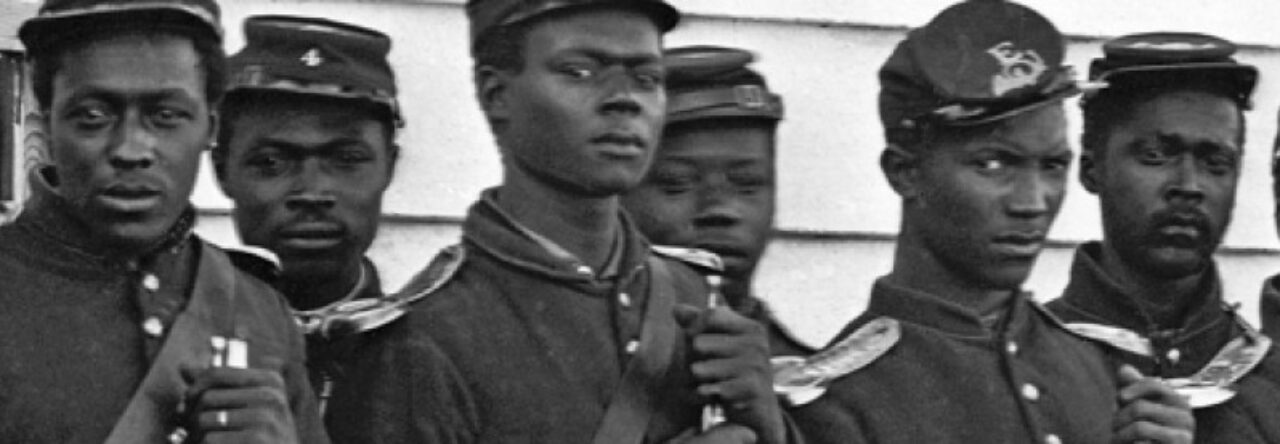Professor Pinsker’s close reading of John Brown’s public statement at his trial for treason touched a nerve in me as I struggle to give a cogent narrative to this turning point in American history. By showing the ideological DNA of that statement in Abraham Lincoln’s second inaugural address, he implies a common thread of awareness between the failed raid at Harper’s Ferry and the commander-in-chief of the Union Army’s attempt to frame the final phase of the nation’s armed struggle.
In our New York-centric curriculum, we’ve worked hard to demonstrate that antebellum and wartime New York City represented a microcosm of the political, racial, and economic state of the nation. It will be my task to pull apart and analyze Lincoln’s Cooper Union speech of February 27, 1860. The speech was reformatted by Lincoln the night before to accommodate the different and disparate factions of the expected audience that would attend the next day (now that the venue was changed from Plymouth Church in Brooklyn, to the more accessible Cooper Union Hall on Manhattan Island due to icy weather). The speech was hailed and acknowledged variously by those who attended (including members of the press and a large number of southern newspaper correspondents).
If we were to take four speeches as part of a rhetorical timeline of the conflict, with John Brown’s speech being one, then we must have the second inaugural address as another. One of the tragedies of our task with students is to reduce history into class period-sized units, so the idea that we could show an evolution of national consciousness across several public speeches might be too reductionist. However, Professor Pinsker said that the nation (both northern and southern regions) were impressed by his actions and his rhetorical skill. In a time when public speeches were expected to last hours, and Lincoln and Douglas debated across the state of Illinois, it might not be farfetched to follow this path with my students.
Remember, this is before the media happened upon the idea of opinion polls. In fact, the reading public valued opinions in the press as articulated in the editorial pages. Though they were not given by-lines, they were unabashedly partisan because that was the motivation for investing in and running a newspaper. Readers aligned themselves with newspapers based upon bias, rather than objective news gathering (a 20th century concept). So, too, would they cotton to speeches in the same way that they sought inspiration through editorials.
I will research how the Cooper Union speech was received by the press at the time and report back. In the past, I’ve assigned “roles” or viewpoints to my students who act as audience members hearing Lincoln’s speech. Then I have them report to the class how the speech resonates with their assigned point of view. Ultimately, they discuss the electability of Lincoln as president in 1860’s election.

Leave a Reply